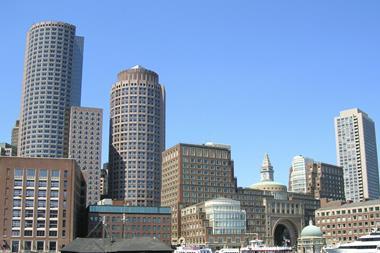Sweden’s AP7 state pension fund produced a 31.1% return on its key equity fund in 2014, after returning 34% the year before.
Returns were boosted by leverage in the form of derivatives that effectively increased the fund’s fire-power by more than 50%.
AP7 – the AP fund that operates the default option for the country’s premium pension system – generated a return on its fixed income fund of 2.8% last year, up from 1.8% in 2013.
Richard Gröttheim, chief executive at AP7, said: “If we look at asset management, 2014 was another exceptionally good year in which the value of Såfa savers’ assets grew by almost 30%.”
However, he warned that the high levels of return seen in recent years were far beyond what could be expected over longer periods of time.
“Sooner or later, the stock market will go down, and savers will see their assets decline in value – how dramatically, no one knows,” he said, adding that a more realistic level of return over several decades was 7-8% a year.
The equity and bond funds are the two main building blocks of AP7’s Såfa default fund option.
Overall, Såfa returned 29.3% for savers in 2014, the pension fund said, which compared with the 15.1% produced by the privately run funds in the premium pension system.
AP7’s equity investments narrowly beat the benchmark last year, while the fixed income fund ended the year just short of its yardstick.
The benchmark index for equities returned 30.8% in 2014, and the fixed income index returned 2.9%.
AP7 attributed the high level of return on equities in 2014 to developments in the equity markets over the year and the effect of leverage in its portfolio.
The pension fund said it made use of its fund rules, which allow it to use derivatives within investment, by including equity futures and foreign exchange contracts in its investment management.
OTC derivatives in the form of total return swaps were used to create leverage equating to an average of 53.3% or SEK103.9bn (€11.2bn) during 2014, and ending the year at 49.19% of the fund’s assets, according to the 2014 annual report.
The fund’s active share lending programmes through custodian bank Bank of New York Mellon, which are also used to increase potential returns, yielded a net income of SEK33.9m in 2014, at a cost of SEK6m.
Assets under management rose to around SEK253.5bn at the end of December 2014, up from SEK186.2bn the year before, with the vast majority – SEK235.7bn – in the equity fund, and SEK17.5bn in the fixed income fund.












No comments yet